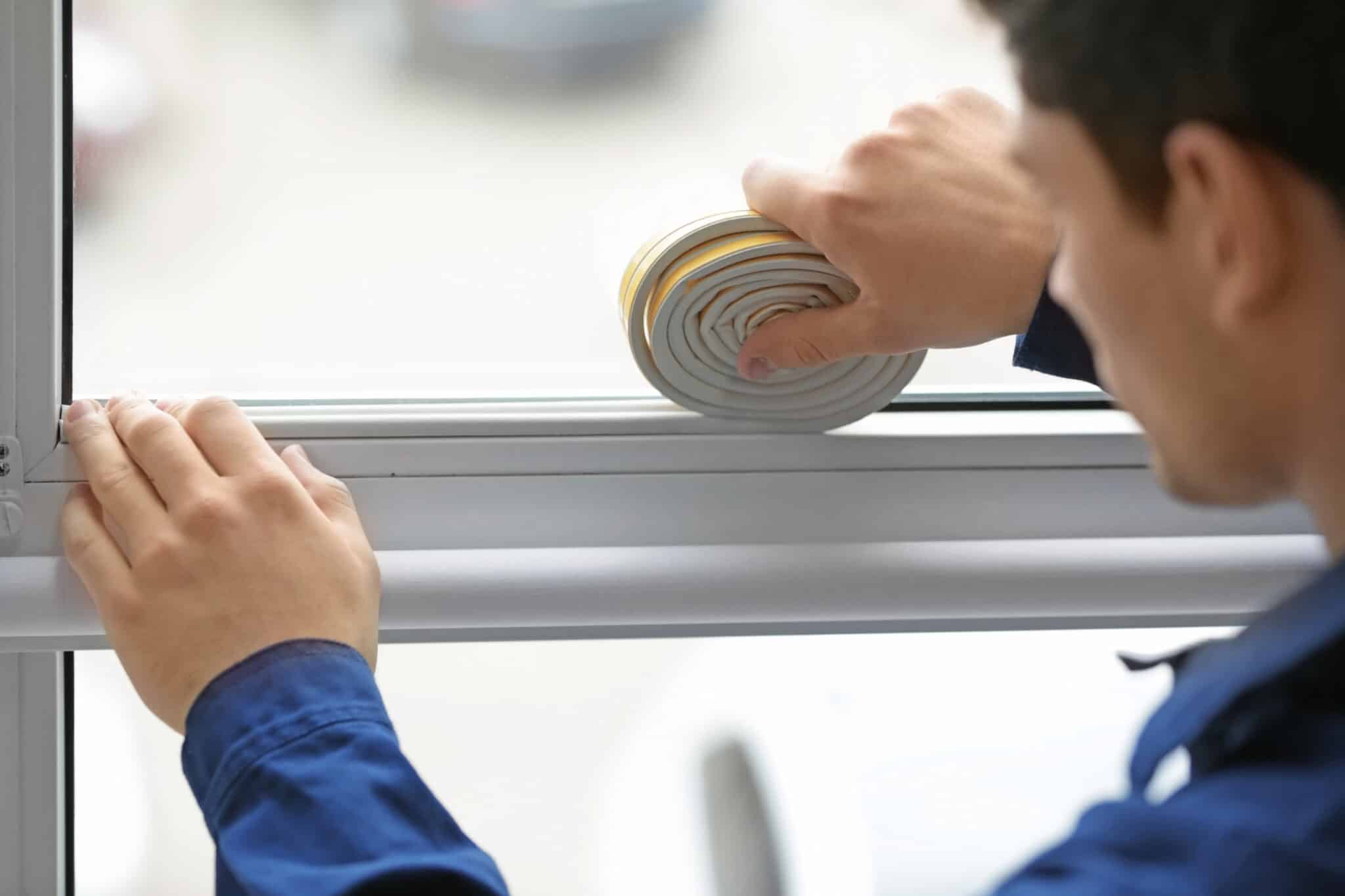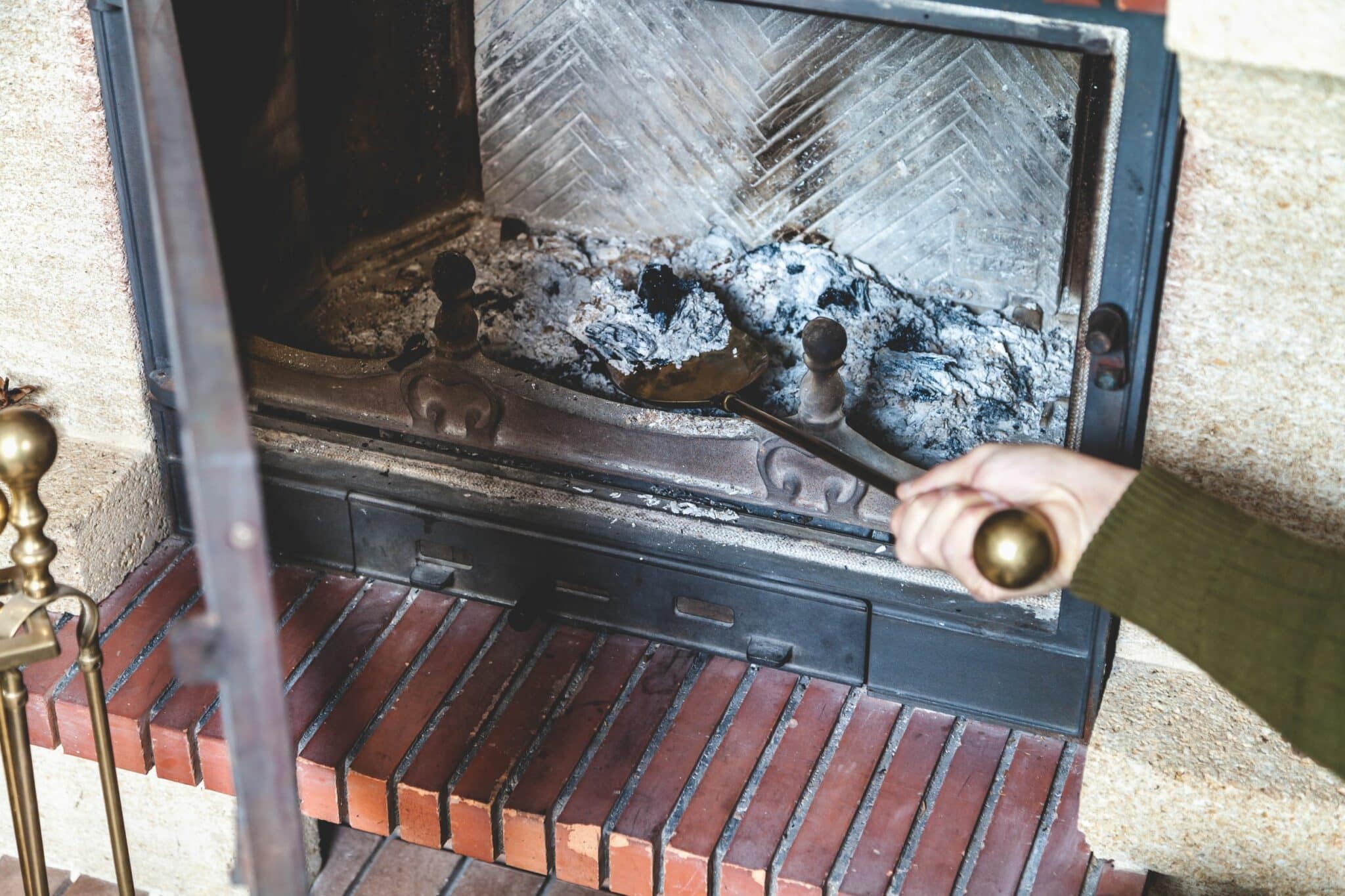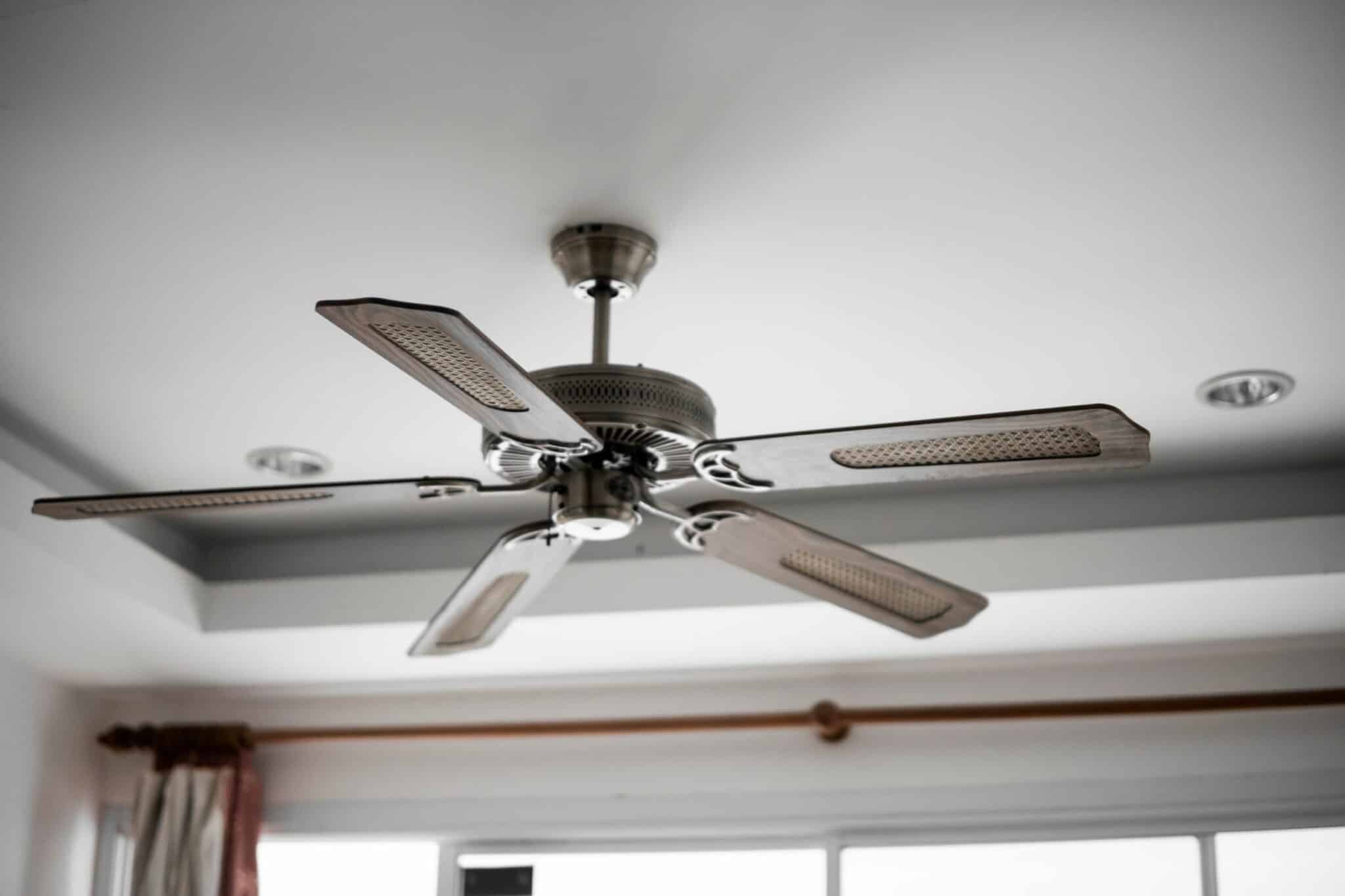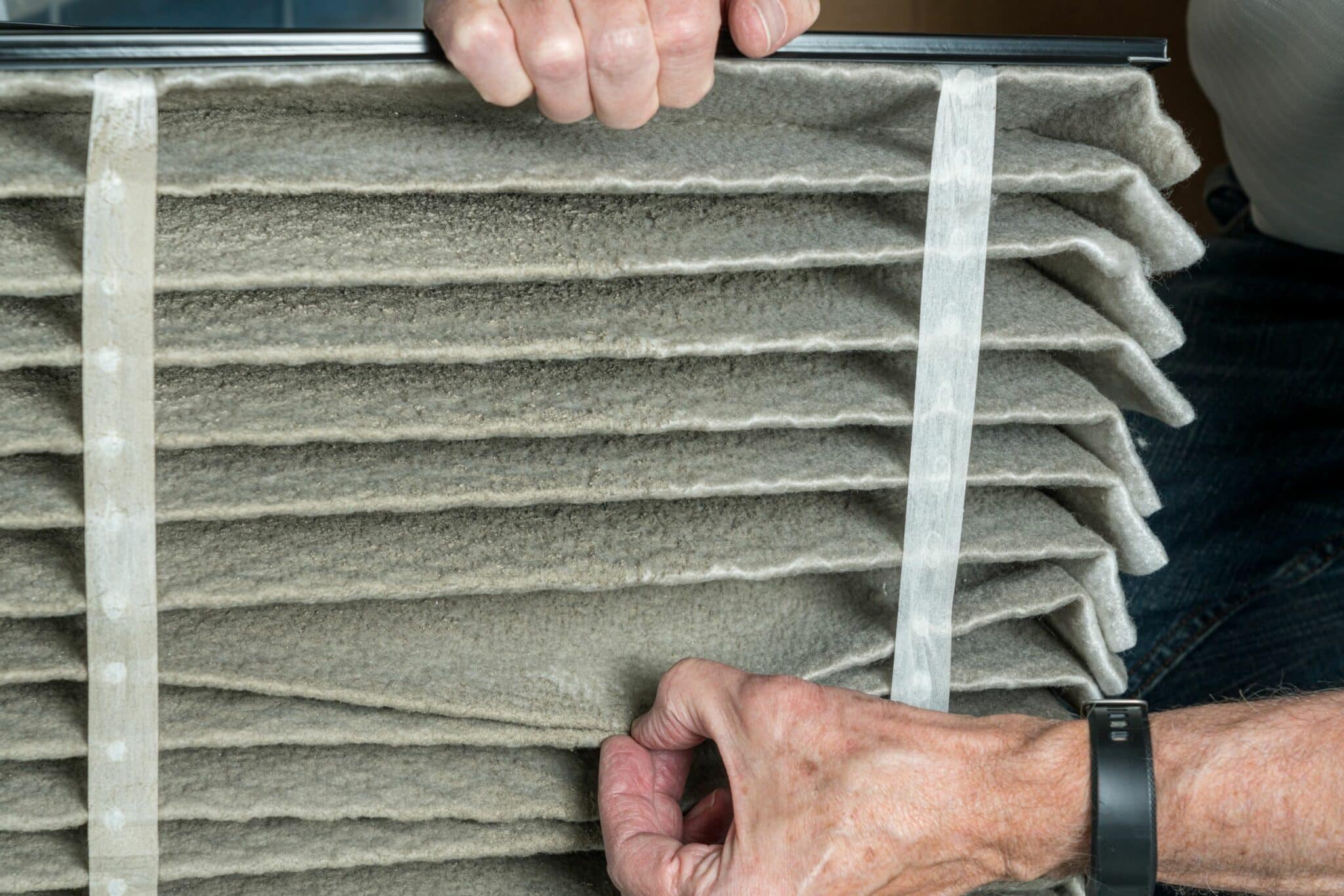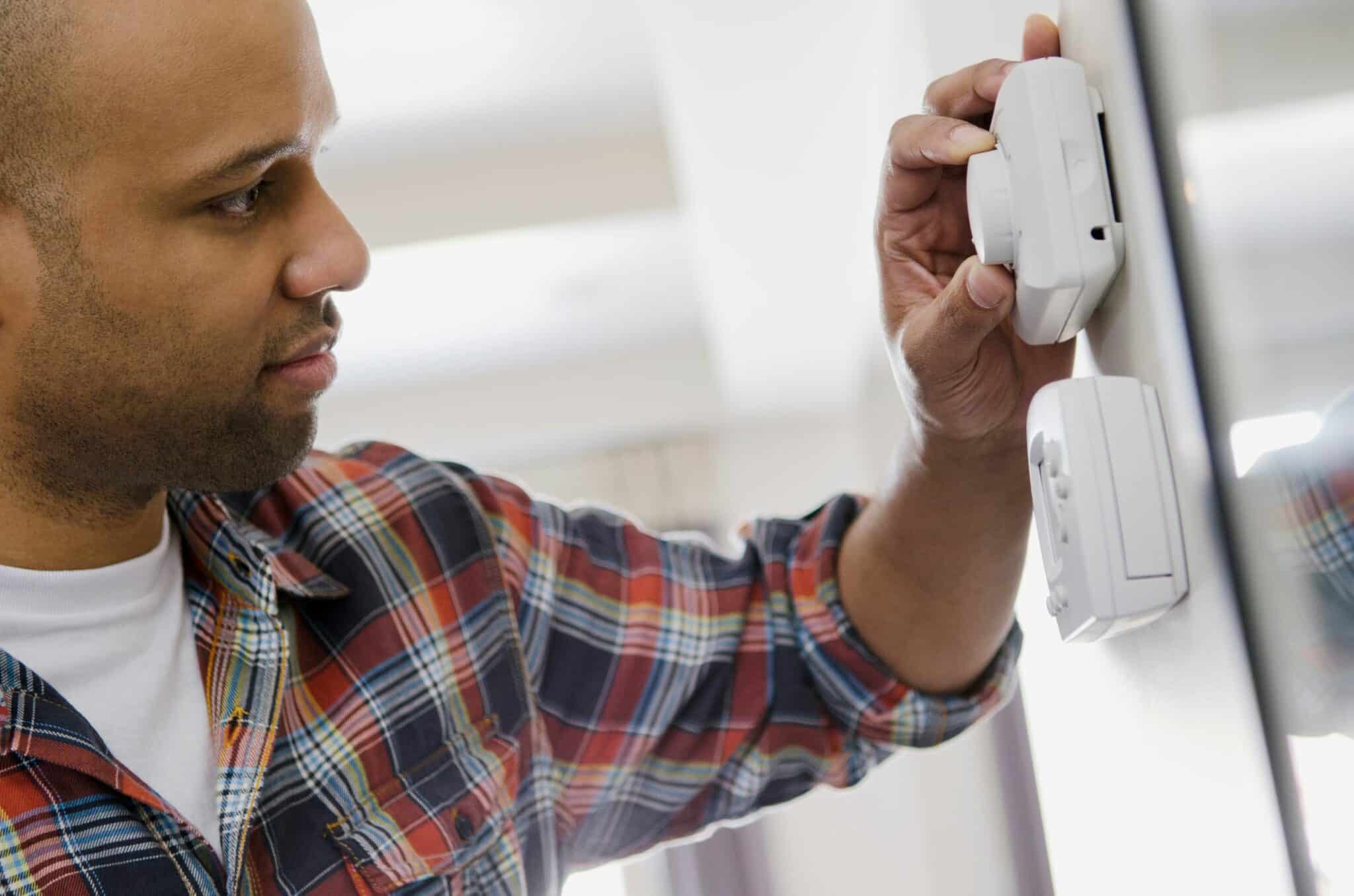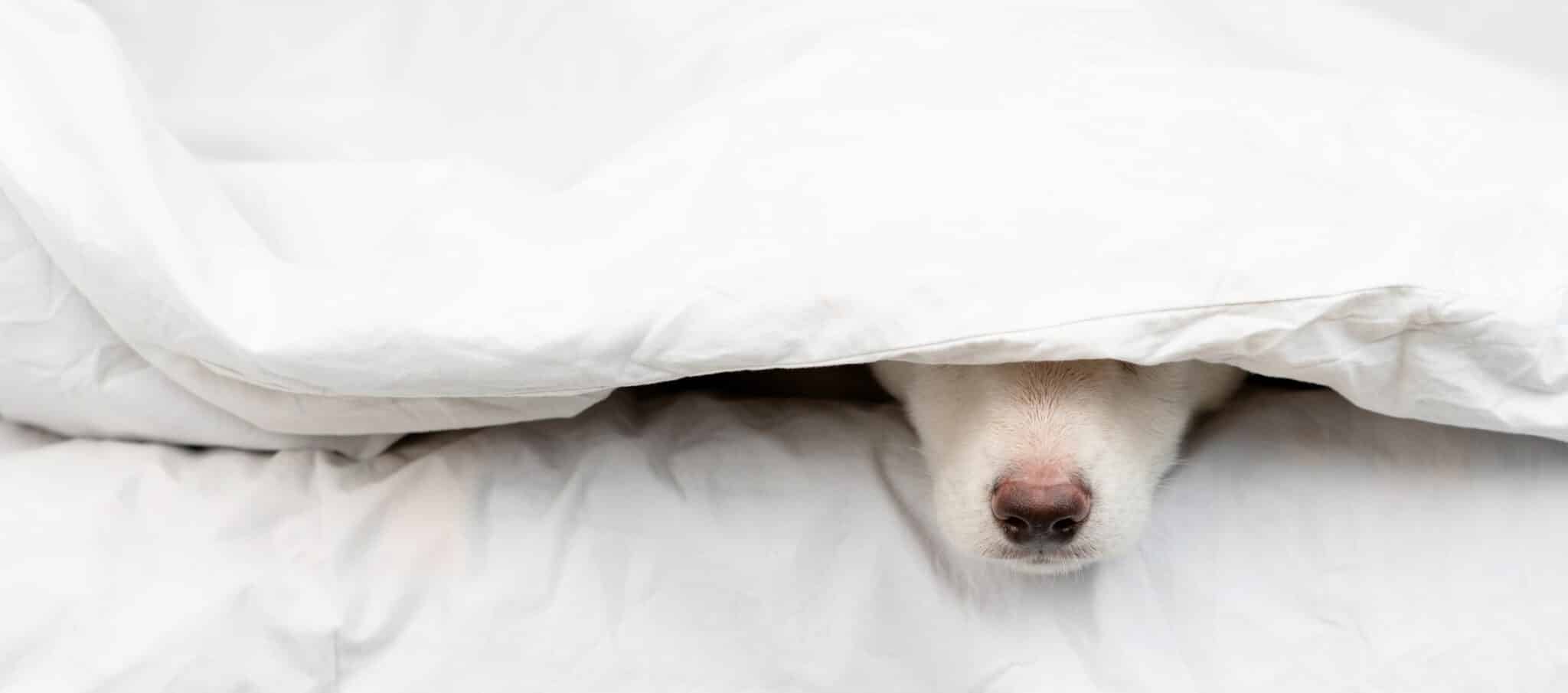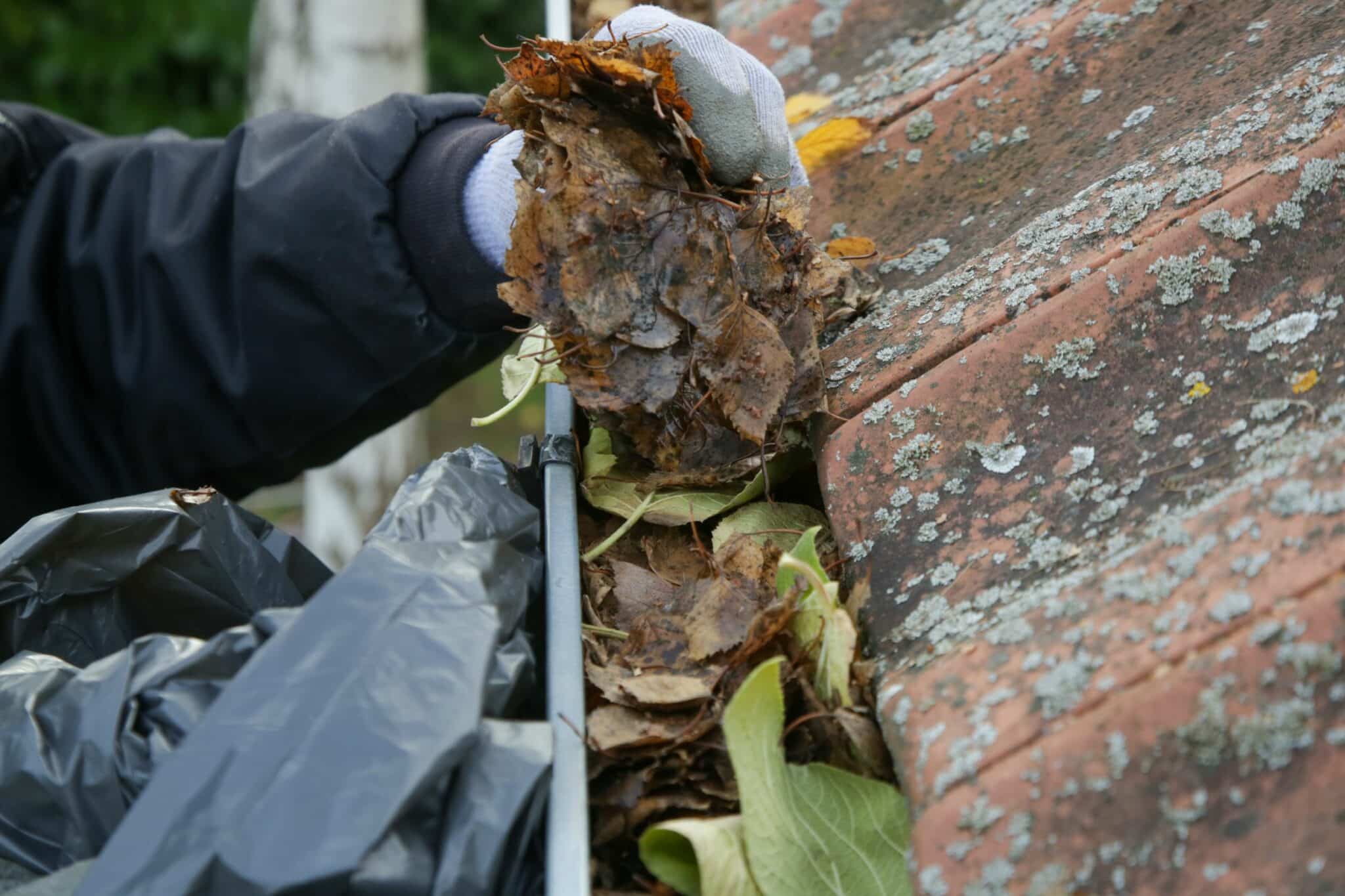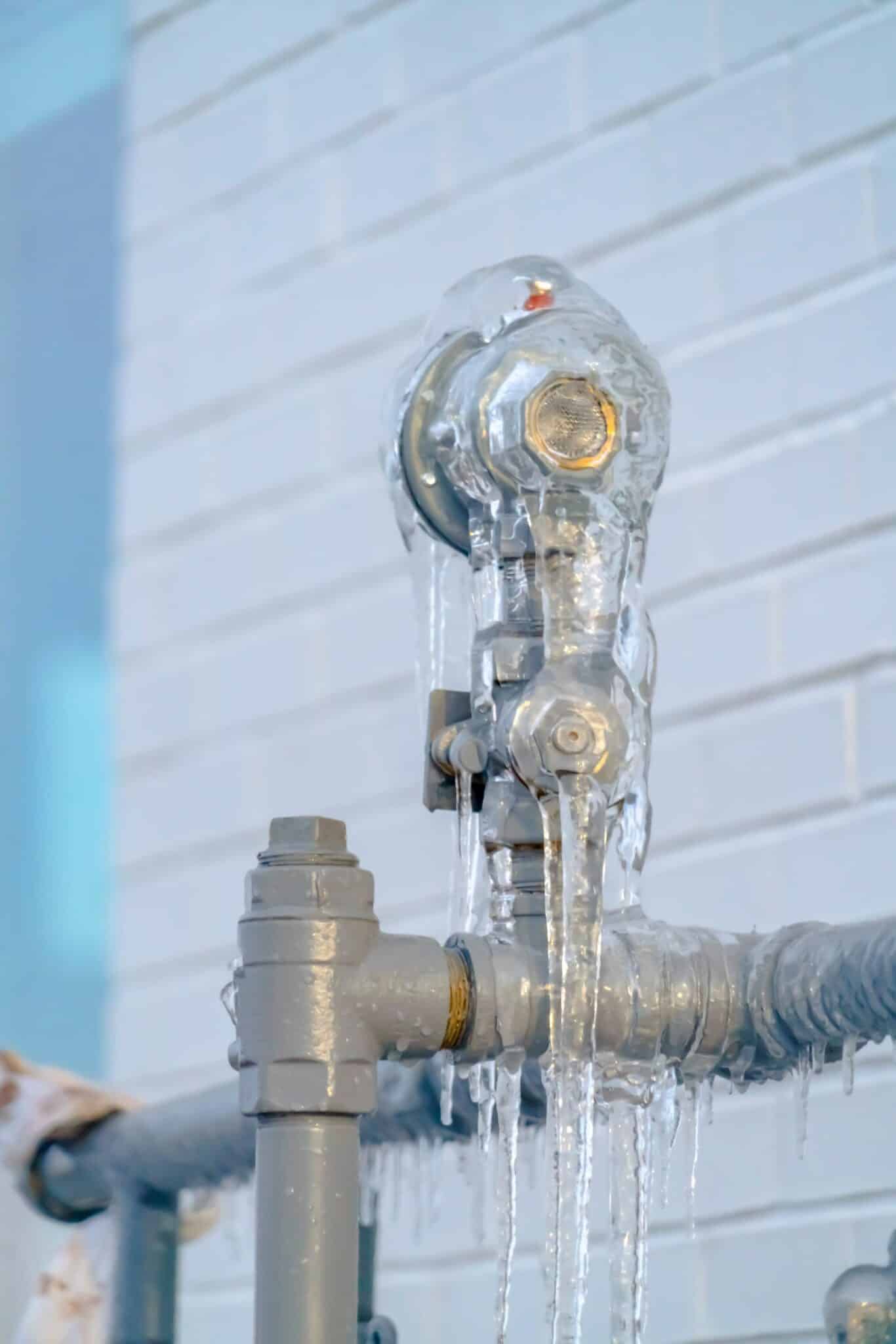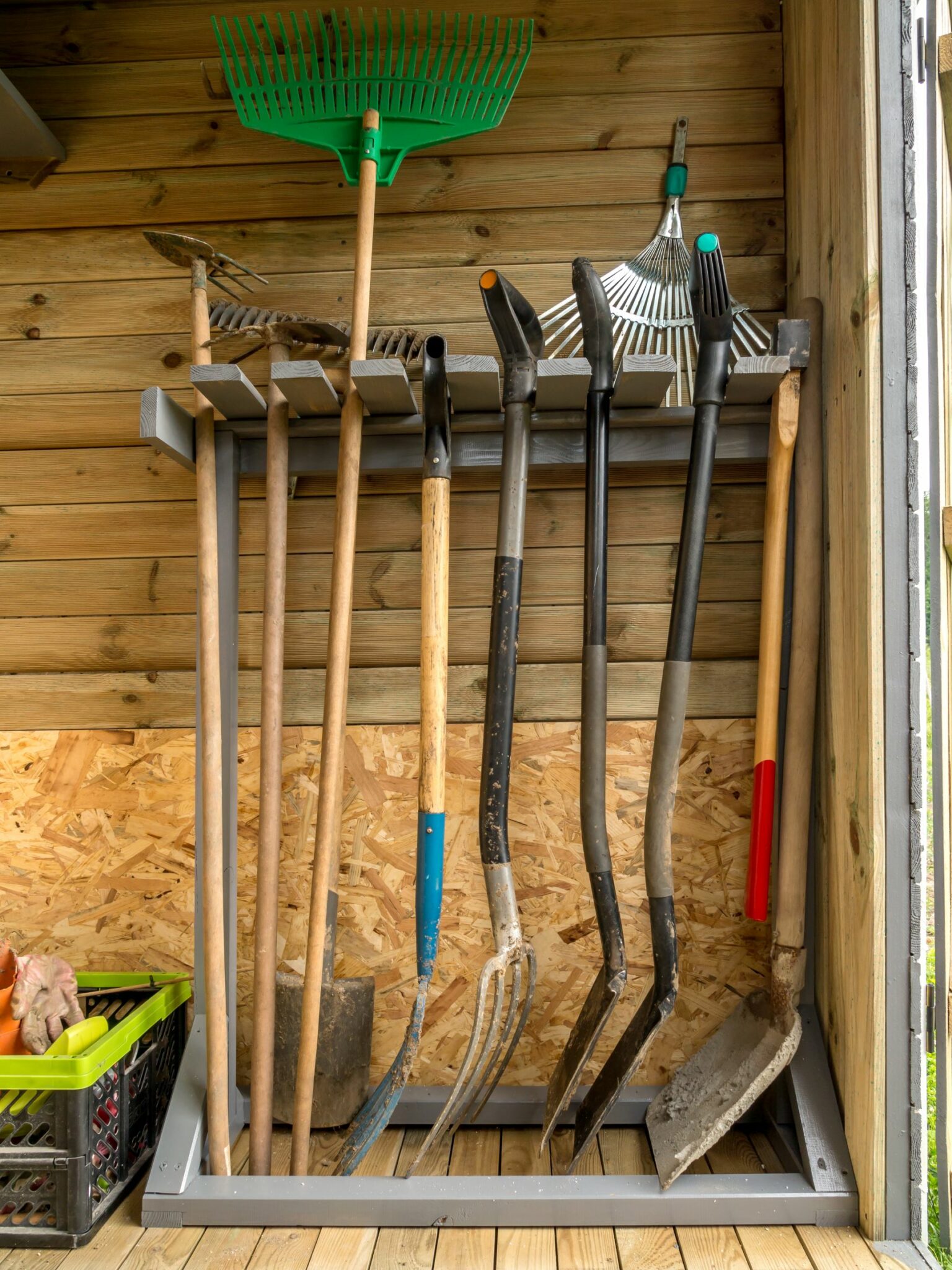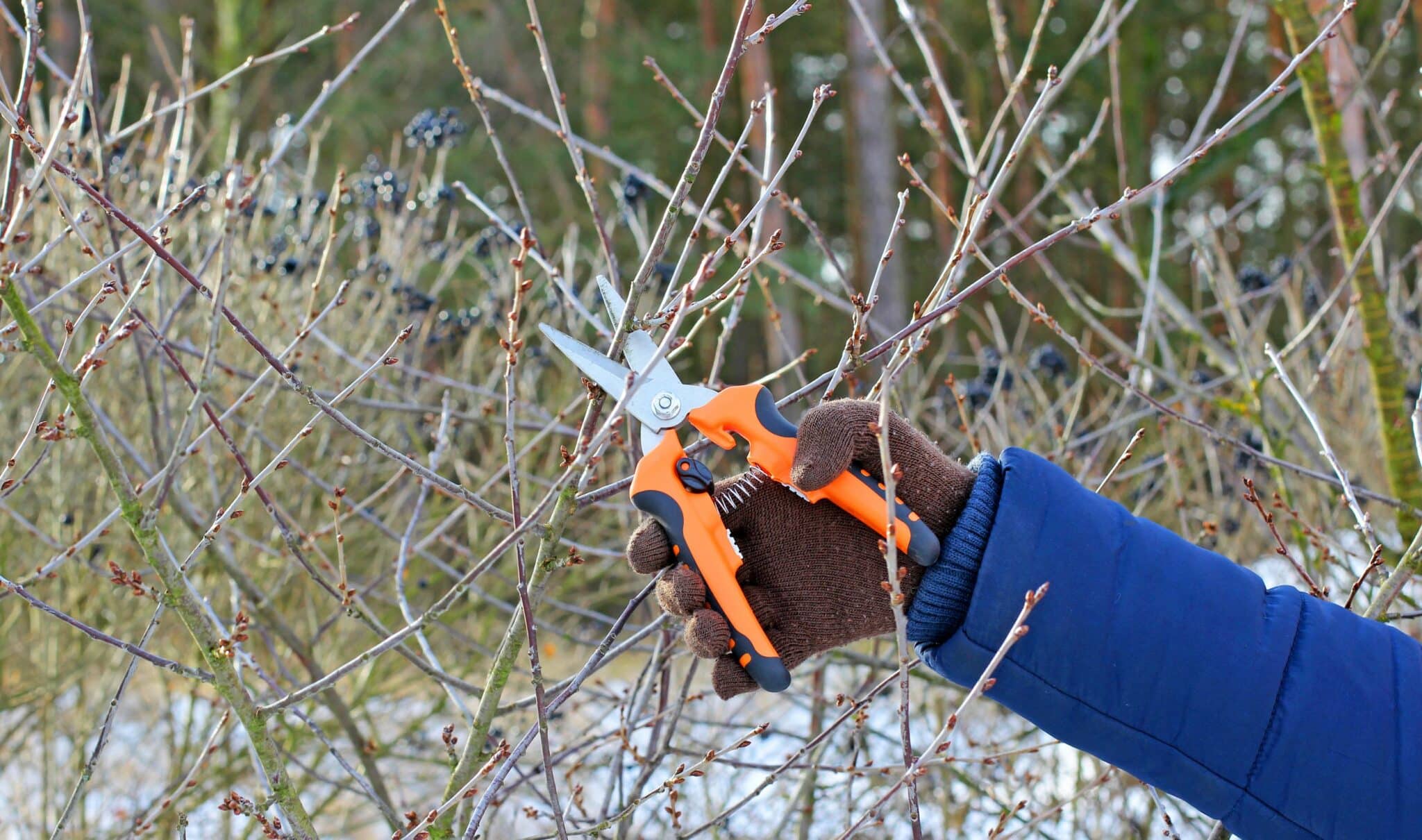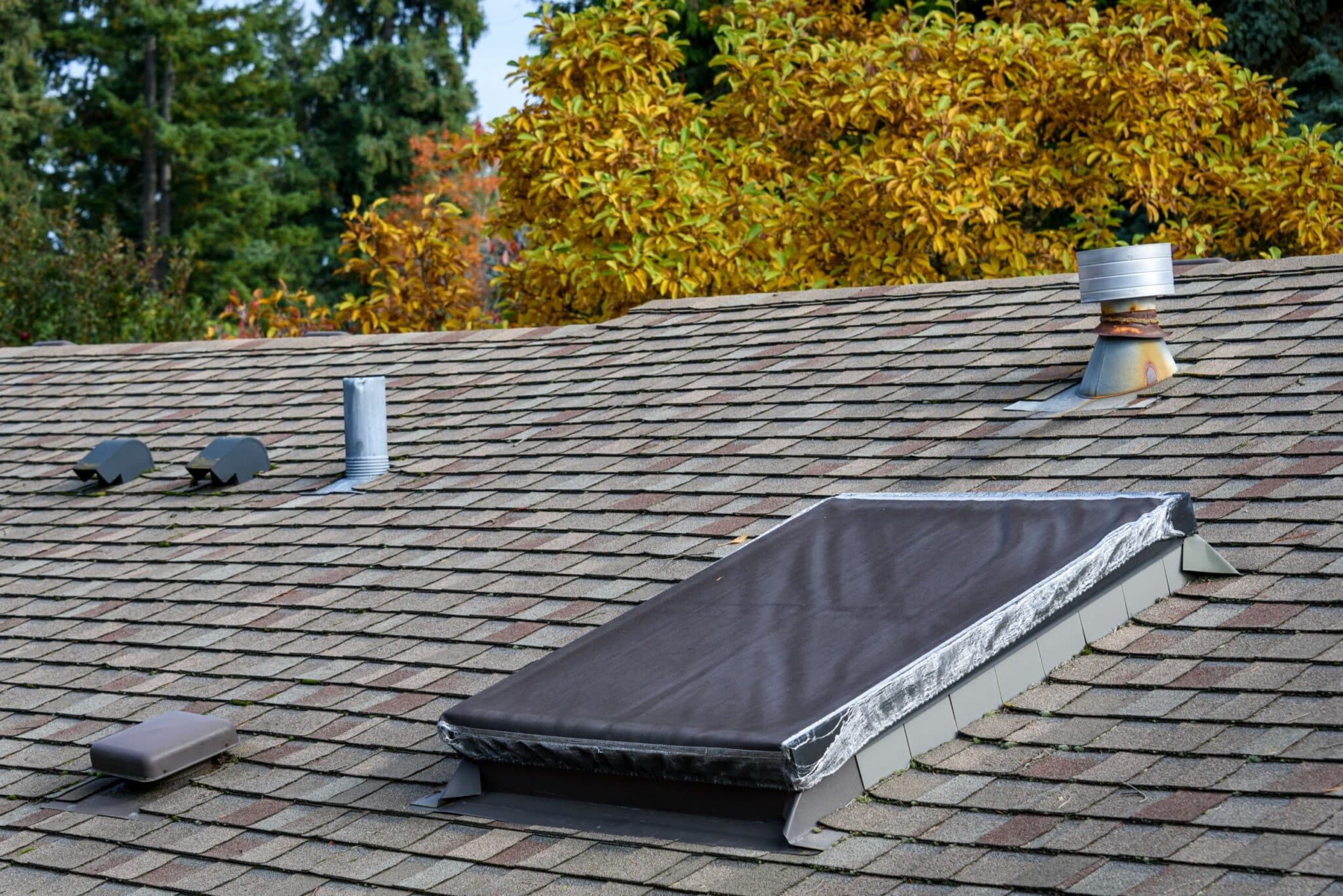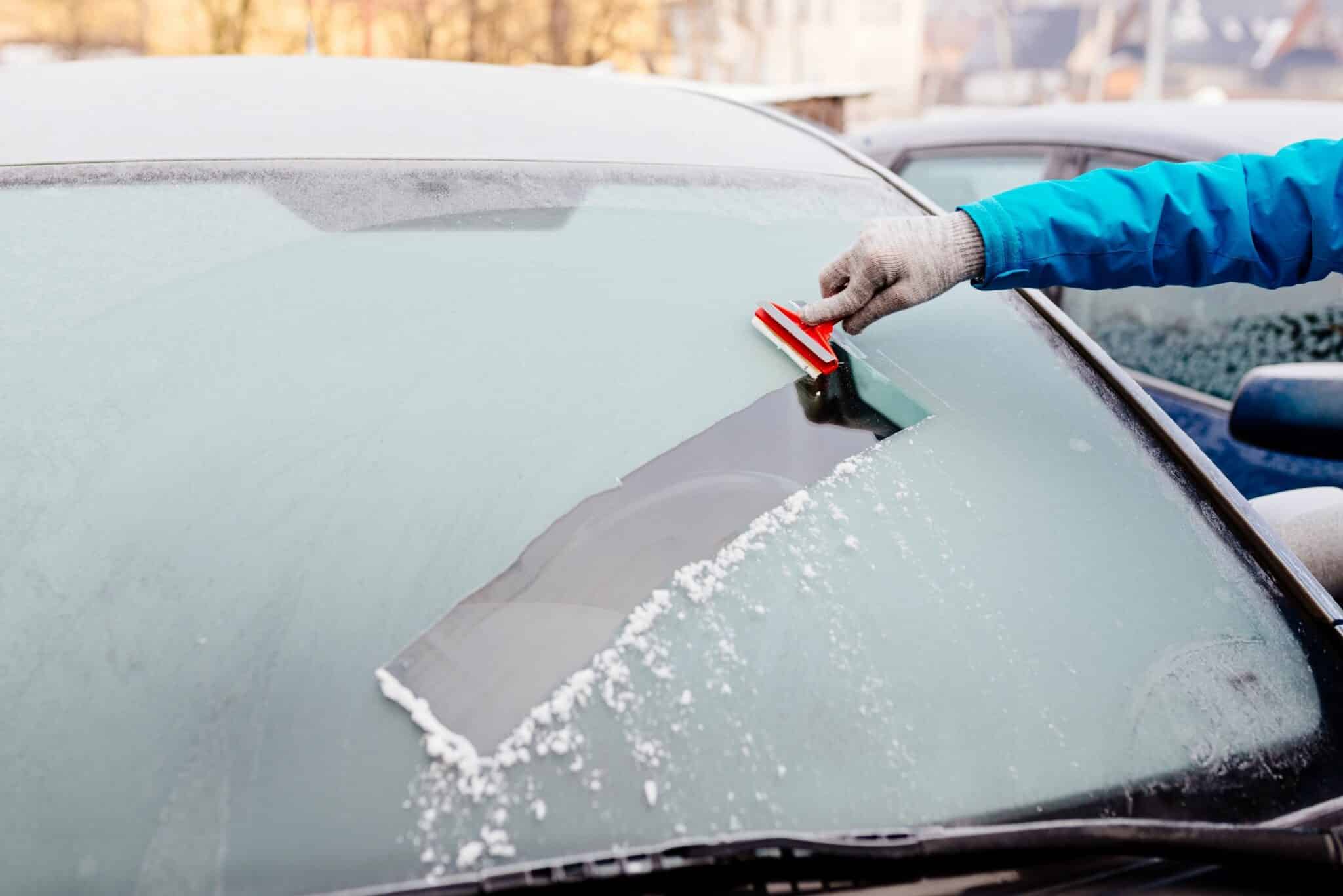Winterize Your Home: How-To’s and Product Links Provided!
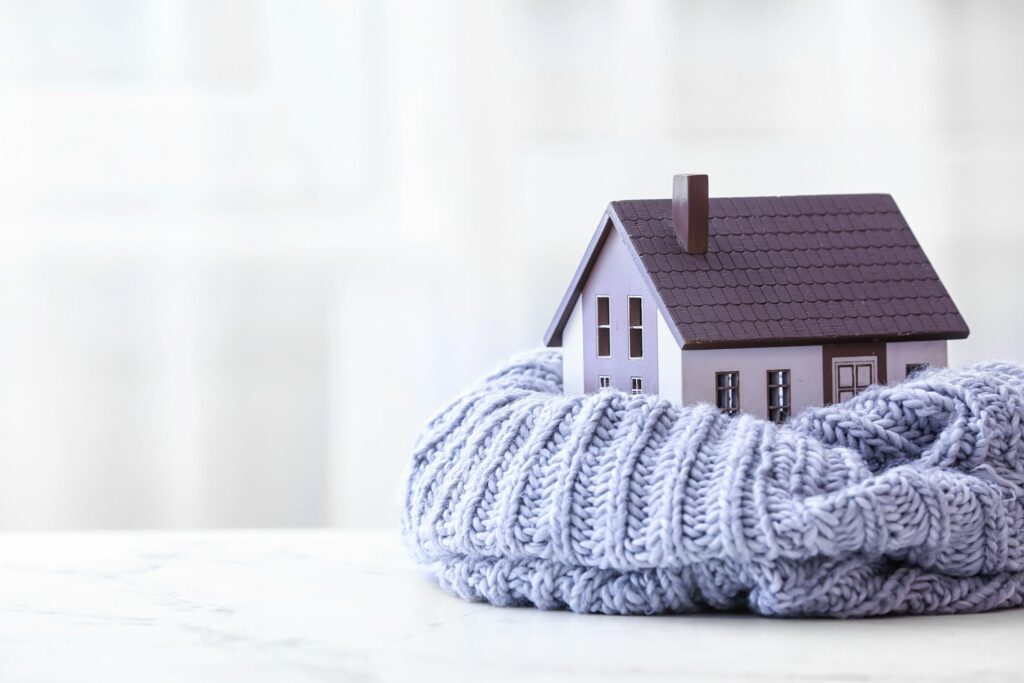
Whether your a seasoned winter professional, a new homeowner going through your first winter, or a newcomer to the area, preparing your home for the upcoming cold temperatures, snow, and ice can save you time and money. Most importantly, it keeps you and the ones you love safe and cozy for the best holiday season possible.
INDOORS
1. Insulate doors, windows, & other small openings.
There are a variety of ways in which these major heat sinks can be sealed. Options include window insulation kits, weather stripping, weather sealing tape, window and door spray foam, weather resistant caulking, or an under door seal or draft guard. Choosing the right solution for your home can make a major difference in both the comfortability of your home and your heating bill.
2. Clean & seal your chimney.
When your chimney isn’t actively being used, it can be a major source of a cold draft. There are several ways to combat this: chimney balloons, flue blockers, and insulated chimney blankets are all good options. This is also a good time to get your yearly chimney servicing to prevent buildup and maintain it’s efficiency.
3. Change your ceiling fan direction.
We’ve all heard that heat travels upward, so how do we bring it back down? Set your ceiling fan to spin clockwise on slow speed to create an updraft that cycles the warm air back down.
4. Clean home air & water systems.
Cleaning or replacing the filters in your central air and heating system helps with the unit’s efficiency, lowers utility bills, and promotes good air quality in the home. Similarly, your hot water heater should be flushed yearly to remove sediment that collects at the bottom of the tank to maintain the system and lower utility bills.
5. Thermostats, space heaters, & humidifiers.
Changing your thermostat is a big way to save. According to the Department of Energy, switching to a programmable thermostat makes it easier to adjust the temperature in your home at certain times: “You can save as much as 10% a year on heating and cooling by simply turning your thermostat back 7°-10°F for 8 hours a day from its normal setting.” If a thermostat isn’t an option, a space heater is a great alternative as long as you follow safety guidelines. Lastly, the winter months bring cold, dry air and heating systems further dry interior air, making a humidifier a great idea for the perfect atmosphere.
6. Check smoke detectors and carbon monoxide detectors.
According to The National Fire Protection Association, “heating is the second leading cause of US home fires and home fire injuries.” For that reason, home fires are more frequent in the winter than any other season, so it’s important to ensure that your smoke detector is working properly. Carbon monoxide incidents are also more frequent in the winter months, so it’s important to verify they are functioning properly as well.
7. Conduct a home energy assessment.
A home energy assessment helps determine how much energy you use in your home, in what ways your home is inefficient, and what you can do about it. This helps you to prioritize the most important tasks first so that you have a long-term strategy. Having a professional assess your home will provide a more in depth and complete analysis, but there are steps that can be taken on your own to help develop a plan.
6. Make the bedroom extra cozy.
Keeping the bedroom warm and inviting is one of the most fun ways to winterize a home, but it can also help lower heating bills and keep you comfortable. This is a good time of the year to replace old pillows, switch to warm flannel sheets, and pull out winter comforter and blankets. You may even want to keep the bed area extra warm by trapping heat in a bed tent. If you don’t have carpet, a thick rug or cozy slippers by the bed can be an early morning life-saver. If you’re looking for that extra little touch, a light alarm that wakes you up with a sunrise and puts you to sleep with a sunset can help fight the darker days and winter blues.
OUTDOORS
7. Clean your gutters.
It’s important to have properly functioning gutters to control water flow and improve the life of your roof, walls, and foundation. The last thing anyone wants after a long winter is to deal with the water damage, mold, and pests improperly cleaned gutters can cause! Gutters do occasionally need to be repaired or replaced as well, but proper maintenance can extend their use.
8. Insulate pipes.
Not having access to flowing water or having a busted pipe flood your home in the middle of holiday festivities can really put a damper in the mood- and your wallet! Preventing this from happening in the first place is much more cost efficient than waiting to fix it once something goes wrong. To properly insulate pipes, consider what kind of material you’re going to use, how much of it you’ll need, and which pipes need insulation (generally any unheated water pipes). Prior to a winter vacation away from home, completely turning off the water at the source and having the entire plumbing system drained can also save you a huge headache when you return.
9. Bring outdoor tools, appliances, and furniture indoors.
Outdoor furniture, tools, and appliances are all susceptible to damage from cold temperatures, snow, and ice. This is a good time to clean and perform general maintenance on any power tools such as lawn mowers and trimmers prior to stowing. If you don’t have the storage space for everything, outdoor covers can be a good alternative for some items. Garden hoses should also be drained and put away to prevent them from freezing. These valves should be completely shut off and the faucets insulated.
10. Winter Landscaping
Trees may look magical when they’re covered in snow and ice, but all of that extra weight and winter wind can cause them to break, potentially causing damage to you, your home, and other nearby objects like your car. Keeping the trees trimmed and removing dead branches is an excellent way to keep your family and property safe. Keeping driveways and pathways clear of debris like fallen leaves can also be a key safety tip to keep them from becoming slippery. Rock salt can help to reduce ice and snow build-up, but there are a few things to consider to spread it in the most effective and safe way.
11. Roof Maintenance
As a home owner, ensuring your roof is well-maintained for the winter is paramount. Roof malfunctions can can cause serious property issues and hefty bills later down the road if left unattended. Having a yearly professional inspection completed can help to identify small problems before they become huge issues. Checking roof flashing (elements to help waterproof a roof), the valleys and low points, shingles, sealant, and attic before the big storms hit can greatly prolong the life of your roof.
WINTER STAPLES
Don’t wait for the next big winter storm. Depending on where you live, there are certain staples that are good to stock up on ahead of time:
-
-
- Snow shovel
- Ice scraper
- Flashlights and extra batteries
- Weather radio
- Emergency car kit (extra blankets, radio, ice scraper, car charger, first aid kit, jumper cables or portable jump starter)
- Water and food that doesn’t require cooking or preparation (dried fruit, granola bars, crackers, etc.)
- Extra pet food
-

